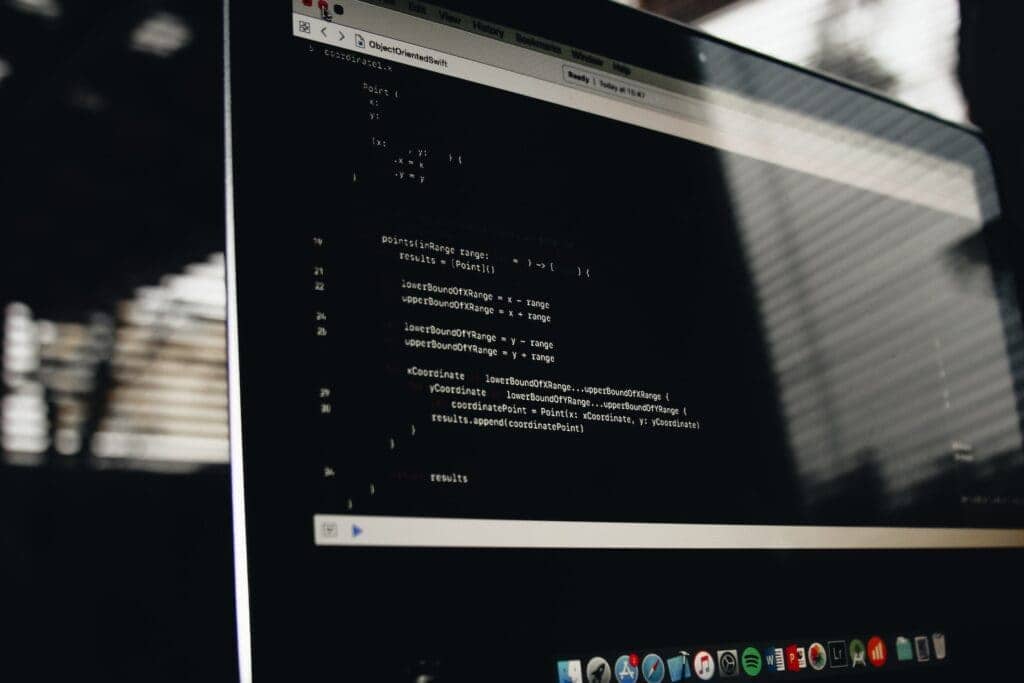Salesforce best practices provide a road map to secure behaviors that will help teams avoid data security issues when uniformly followed.
Why It Matters: Security breaches threaten system data, regulatory compliance, and a company’s ability to serve its customers. Recovery can be lengthy and incredibly costly.
Ransomware attacks cost US companies $159.4 million in 2021.
Cybercrime is projected to cost the world $10.5 trillion annually by 2025.
The ability to prevent data loss or system breaches saves organizations time and money, and preserves the trust of their clients.

Here are 9 Salesforce best practices that will help organizations avoid potentially catastrophic data loss events:
- Enable Two-Factor Authentication
- Frequently Check Permission Settings
- Encrypt Sensitive Data
- Leverage Automation Whenever Possible
- Archive Unused Data
- Prioritize High-Quality Code
- Establish Multiple Layers of Testing
- Schedule Frequent Backups
- Shift Security Considerations Left in the Development Pipeline
1. Enable Two-Factor Authentication
Login screens are the first line of defense against unwanted visitors to your Salesforce environment. Strong passwords have been a constant best practice since the beginning of the internet, and it still stands today. However, there’s another step that can be taken to make user accounts even stronger.
Two-factor authentication adds a layer of coverage to make the login process more secure.
Utilize a two-factor authentication application to add a second verification process such as an emailed code. This makes it far more difficult for a hacker to break into a user’s account.
2. Frequently Check Permission Settings

Human error is the leading cause of data problems. It can be very easy for a user to accidentally delete the wrong piece of information and break unseen connections in Salesforce. And while user error can’t be eliminated, these problems can be contained by ensuring that the only data team members can access is what they need to perform their duties.
Verifying correct permission settings with an automated scanner enables release managers to find any roles that have incorrect access settings.
Generic settings lead to overexposed data. Configure permissions for each team member when they first start working on your team or any time a team member switches to a new role.
3. Encrypt Sensitive Data
Multiple layers of security offer the most coverage. This is the idea of two-factor authentication, but even that second layer isn’t foolproof. There are some types of data that are more sensitive than others. Data security regulations are in place to ensure the proper protection of data like financial, medical, and personally identifiable information.
Encrypting sensitive data ensures that even if a hacker gets past your initial layers of security, they still won’t be able to make sense of your protected data.
Encrypted data requires a key to access it. Anybody who isn’t approved to access this information won’t have this key and will be kept from viewing the data.
4. Leverage Automation Whenever Possible
We mentioned the unavoidability of human error. This vulnerability can be addressed in multiple ways, one of which is to make use of automated DevSecOps tools whenever possible. Taking time-consuming, repetitive tasks out of the hands of your team members speeds along projects, reduces errors, and enables your team to focus on more pressing matters.
Automated DevSecOps tools maintain high levels of consistency, while manual processes are likely to result in errors.
Minimizing errors also reduces Salesforce code security vulnerabilities. Preventing data breaches starts with ensuring high-quality development practices, and automation is an essential aspect of achieving this.

5. Archive Unused Data
Data cleanliness makes it much easier to protect essential system data. This includes addressing data sets that have stayed in your environment for a long time. Sometimes, this older data needs to be kept on hand for compliance or other business reasons.
Moving unused but essential data out of the main Salesforce environment and into off-site storage offers a series of benefits, including making it easier to protect active, important data.
An abundance of unneeded data hides currently critical information. It becomes more difficult to identify, find, and protect this data. Archiving unused data maintains a clean Salesforce environment and streamlines the process of enacting a proper data governance strategy.
6. Prioritize High-Quality Code
The code that makes up your updates and applications can either support or hinder your data security strategy. Bad code creates misfires and buggy applications while strong code forms an impenetrable barrier against Salesforce cybersecurity vulnerabilities.
Utilizing a static code analysis tool is an essential aspect of a comprehensive DevSecOps strategy because it guarantees errors are detected and rectified early in the development pipeline.
Streamlined processes, a reduction in redundant work, and higher release velocity are all benefits of static code analysis tools. Preventing data security issues are a major advantage, but not the only one.

7. Establish Multiple Layers of Testing
It can be tempting to prioritize speed when developing a new update or application. Being first to market with a new capability is a great feeling that establishes your organization as a leader in your industry—but only if the application functions as intended. Any failures will reduce the application’s efficacy and open the potential for data security issues.
Instituting multiple layers of testing enables team members to fix issues as soon as they are found while also minimizing the chance of a bug making it into a live environment.
Errors that make it through production open your system to costly downtime and security vulnerabilities. Prevent this by testing DevSecOps projects at multiple stages.
8. Schedule Frequent Backups
A holistic data security strategy needs to prepare for worst-case scenarios. Data loss is both a symptom and a cause of security risks—failing to retain critical system data can lead to falling out of compliance with regulatory requirements while also knocking your system offline until records are restored.
Establish a strategy of making repeated backup snapshots and ensure the ability to quickly restore data from the backup repository.
Automated tools should be leveraged to ensure a frequent schedule of backups is maintained. This needs to be paired with a reliable data recovery tool.
9. Shift Security Considerations Left in the Development Pipeline

Data security is a constant concern. User errors, system outages, and cybercriminals don’t work on a particular timeline. The application development life cycle needs to keep security in mind at every stage to avoid a costly slip-up that can expose a potentially harmful vulnerability.
Shifting security considerations left means imbuing every stage—from planning through production—of the DevOps pipeline with an eye toward secure development.
A change in approach such as this—known as DevSecOps—will require a new mindset for team members. Initial training is essential to get everyone on the same page, but training shouldn’t stop there. Continuous training to keep teams abreast of current Salesforce best practices prevents costly mistakes and gives your organization the best chance at remaining secure.
Next Step…
Preventing security risks becomes a lot easier when your pool of data remains high quality. But how do you use the same tools that protect your data to help make it stronger?
Check out our blog, “How to Address Salesforce Data Issues with DevSecOps Tools,” to learn everything you need to know.